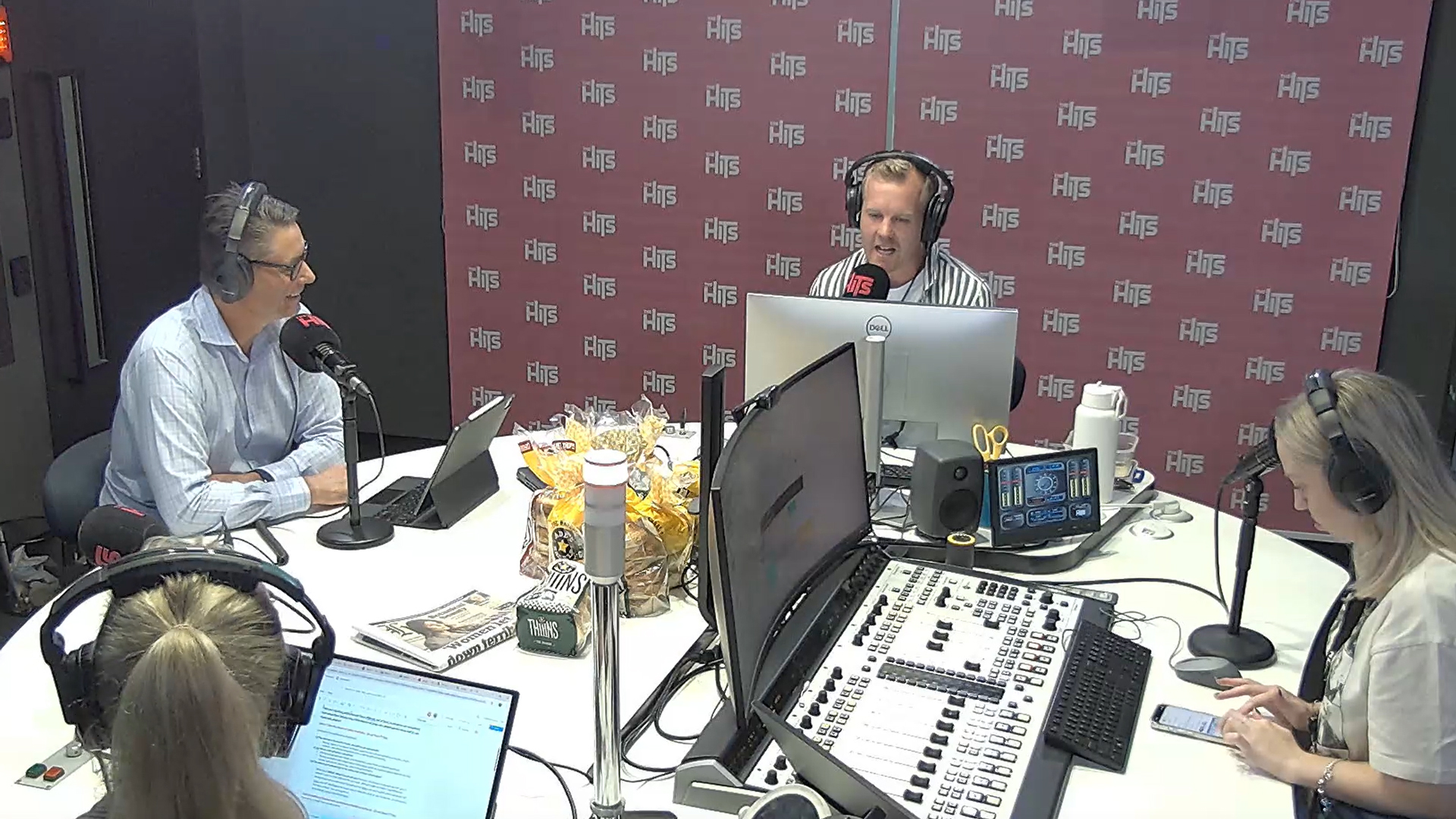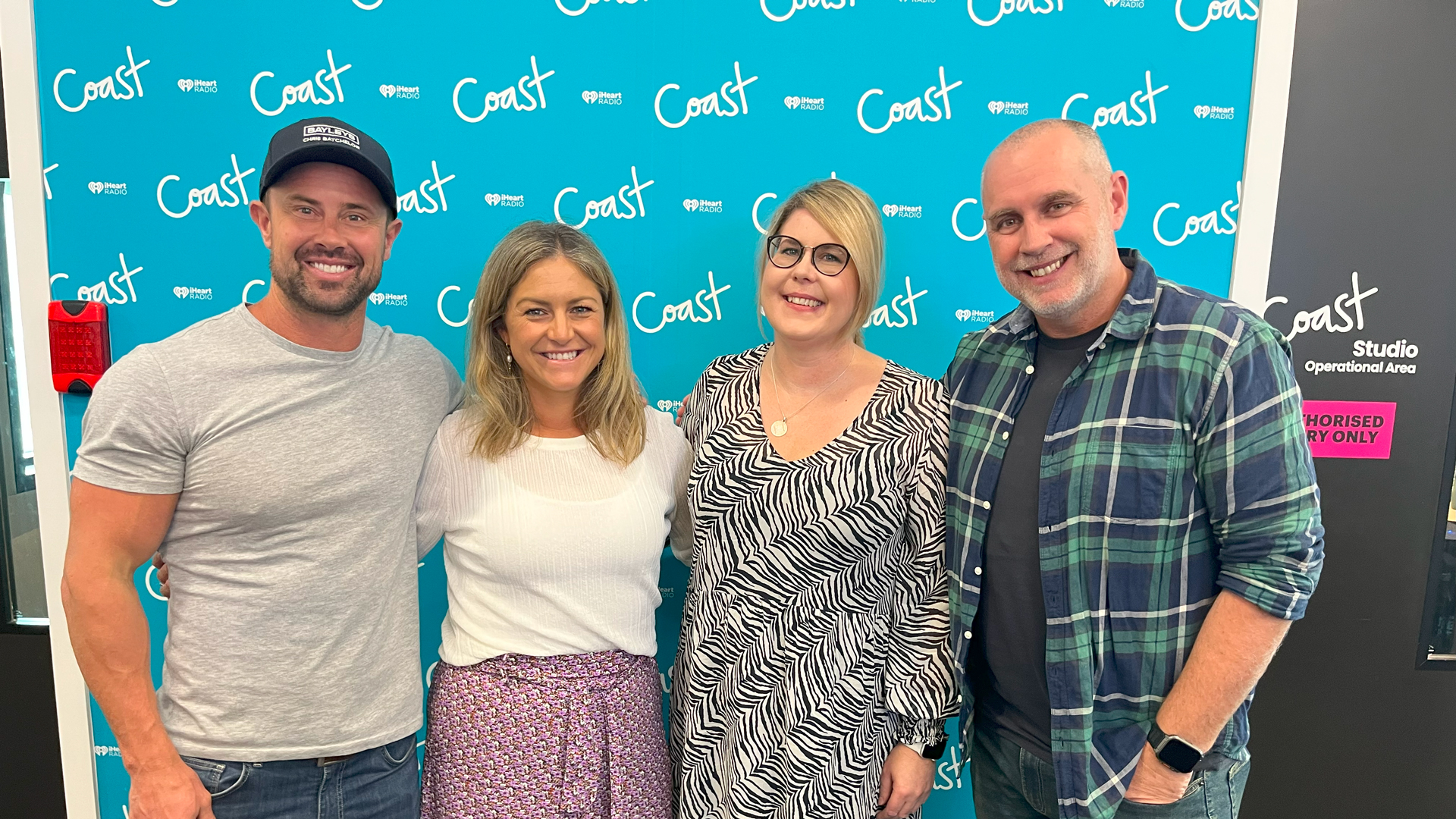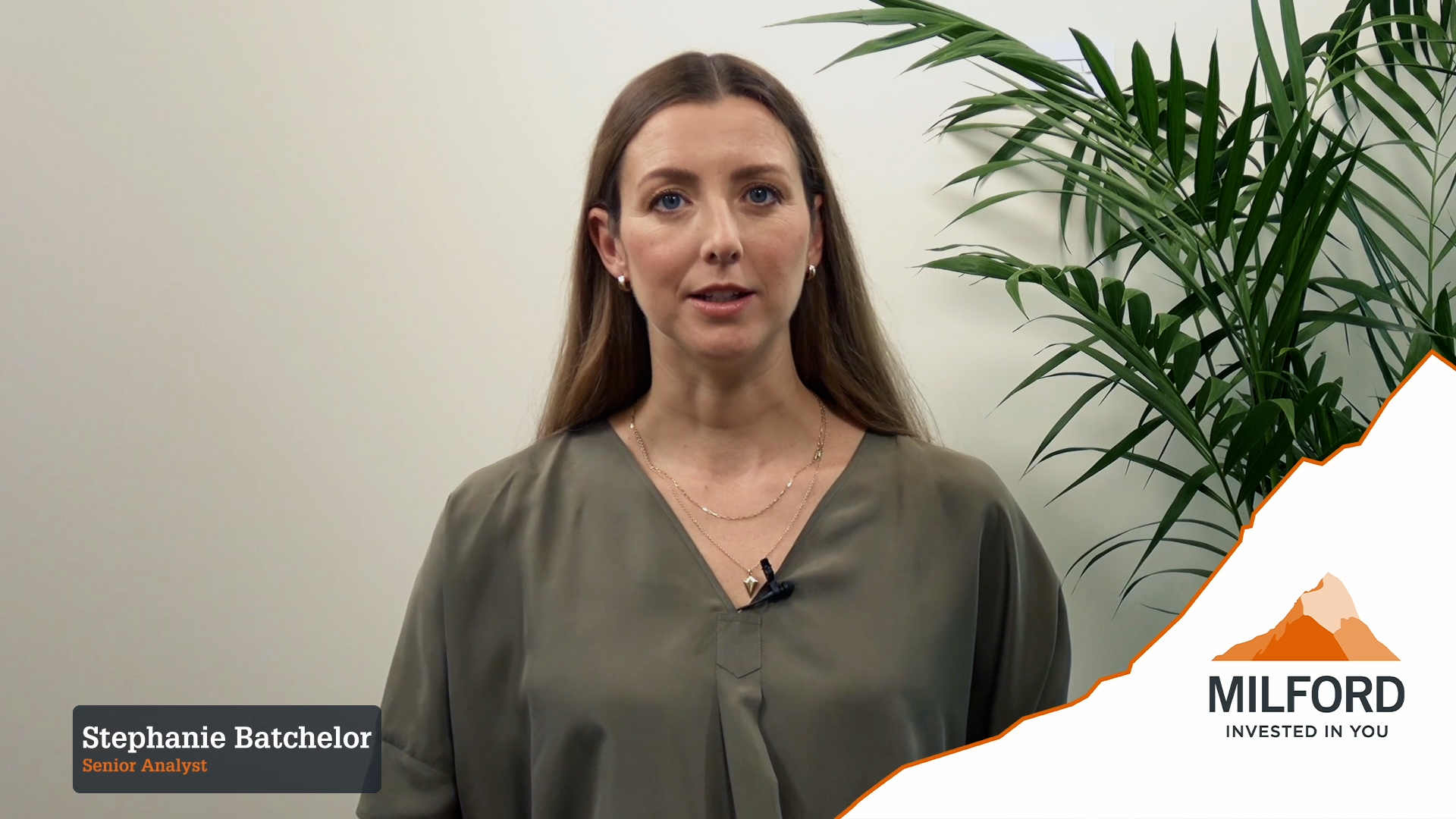This article was originally published in the NZ Herald in January 2023.
With more than three million people in KiwiSaver, it’s one of the best and most popular ways to save for your future. But it can be challenging to know if you’re getting the most out of it. Here are two simple tips to help ensure you’re on track.
1. Think of it as an investment
Many of us think of KiwiSaver as a savings account, but it’s really an investment account. One of the key benefits of an investment account is the ability to earn compound returns. Compound returns is when you earn a return on top of the return you have already earned. For example, a 10 per cent return on $10 = $1 of returns. Your original $10 plus the $1 of returns mean you now have $11 in total. If you earn a 10 per cent return on $11, it is not just $1 of returns, it is $1.10. The reason it is larger is because you are earning a 10 per cent return on $11 rather than $10. The magic of compound returns means you can turn a small amount of money into a large amount of money, when it’s left to grow and compound over time.
Even a small increase in returns can make a surprisingly large impact over time. For example, if your KiwiSaver provider achieves even slightly higher annual investment returns than average over your working life, it may well add thousands of dollars to the amount you’ll have at retirement.
So, it’s worth considering choosing a KiwiSaver provider with a track record of delivering strong returns over the long term. Although past performance is not a guarantee of the future, it does give an indication of how skilled your provider is at investing your money.
But where do you go to compare funds? There are a number of online comparison tools and surveys. One good one is the independent research in Morningstar’s September 2024 KiwiSaver Survey. It found Milford had the best performing Growth, Balanced and Conservative Funds over the past decade.
2. Get good advice
Research from the Financial Services Council shows 75 per cent of people feel their overall wellbeing is linked to their financial wellbeing, yet most of us don’t seek financial advice.* We often get advice on other things in life, but the reality is financial advice has not been that accessible. That’s changing though. Financial advice is evolving and technology is making it much more accessible to everyone.
For example, at Milford we offer online digital advice on the Milford KiwiSaver Plan and select Milford Investment Funds. This gives our clients access to goals-based personalised advice in a matter of minutes – at no extra cost.
Having this type of advice at your fingertips can help you identify your goals, whether that is buying your first home or retiring happily, and help ensure you’re on track by being in the right fund and contributing the appropriate amount.
We all want peace of mind when it comes to our money. Choosing a KiwiSaver provider you can partner with, who offers investment expertise and easy access to specialist financial advice is a great place to start.


